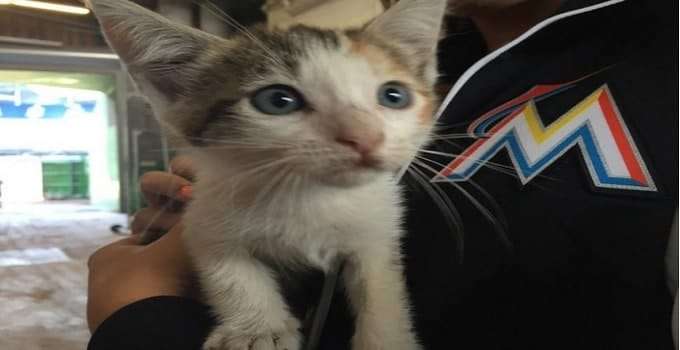ARIZONA – Jaguars are spotted, stocky and stealthy and once roamed freely throughout the wilds of the Western United States. However, like many species before them, the big cat’s resident population in America was hunted to death. For many decades, there have been only occasional sightings of jaguars near the Mexico border.
So it was with great excitement that wildlife conservationists announced earlier this year that for the first time in about six years, a jaguar had been caught on video creeping around the thick vegetation of Arizona’s Santa Rita Mountains. They called the male El Jefe, and for months it has been believed that he is the sole jaguar in the United States. El Jefe translates into English: “The Boss”!
All of that changed this week. On Wednesday, the Arizona Game and Fish Department officially announced that a possible second jaguar had been photographed by a trail camera in Fort Huachuca, a U.S. Army installation in the Huachuca Mountains, which is not too far from the Santa Ritas. Benjamin Tuggle, director for the Southwest Region of the U.S. Fish and Wildlife Service, stated in a statement that “preliminary indications” suggest that the cat is a male.
That would mean, of course, that even if this cat crossed paths with El Jefe, no meowing jaguar kittens would result at all to increase the population. However, no matter the gender, officials urged jaguar fans to suspend celebrations for the time being.
“While this is exciting news, we are examining photographic evidence to determine if we’re seeing a new cat here, or if this is an animal that has been seen in Arizona before,” explained Jim deVos, assistant director of the Arizona Game and Fish Department’s Wildlife Management division.
Only a few jaguars have been seen in the United States in recent decades. Biologists are saying that they are probably visitors from a neighboring population in Sonora, Mexico. They’ve been either fatally shot or have returned to Mexico, Alan Rabinowitz, who is a big-cat expert, told The Washington Post in 2014. Some conservationists warn that a border barrier like the very one President-elect Donald Trump has proposed could disrupt cross-border migration of wildlife, including El Jefe and his other fellow jaguars.
News of a possible second jaguar made a huge splash among biologists on Twitter, who noted that the process of identifying the jaguar should actually be fairly quick. That’s because each and every cat has its own pattern of spots, so it’s a simple matter of comparison.
This is true! It can be very easy to identify individual jaguars using their unique spot patterns… https://t.co/1yLMnGlBck
— WHAPA Lab (@whapavt) December 8, 2016
The tweeter above, the Wildlife Habitat and Population Analysis Lab at Virginia Tech, were very quick to put the recently sighted cat’s photo next to a photo of El Jefe.
Here are two photos of the jaguar(s?) found in the US. How many jaguars are actually shown? #HowManyJags pic.twitter.com/JZNdOPL6oe
— WHAPA Lab (@whapavt) December 8, 2016
And then the votes poured in, and most seemed to think that the images do, indeed, depict two different jaguars.
@am_anatiala could not be more clear to be honest. pic.twitter.com/Rn8FZeTqhx
— Dr Mark D. Scherz (@MarkScherz) December 8, 2016
Seems the consensus is that there are two jags in the US! https://t.co/ZKfx44t3n4
— WHAPA Lab (@whapavt) December 8, 2016
We’ll let you take a look and decide for yourself!
Meanwhile, if you enjoy identifying jaguars by their spots, WHAPA tweeted other photos for compare-and-contrast fun.
Let's do one more #HowManyJags. Here's four pictures. How many jaguars are there? pic.twitter.com/fe6JnsAjfk
— WHAPA Lab (@whapavt) December 8, 2016
Let's go back to Belize! Here are three pictures of jaguars; how many jaguars are actually represented? #HowManyJags pic.twitter.com/5K49W2VTSU
— WHAPA Lab (@whapavt) December 8, 2016









